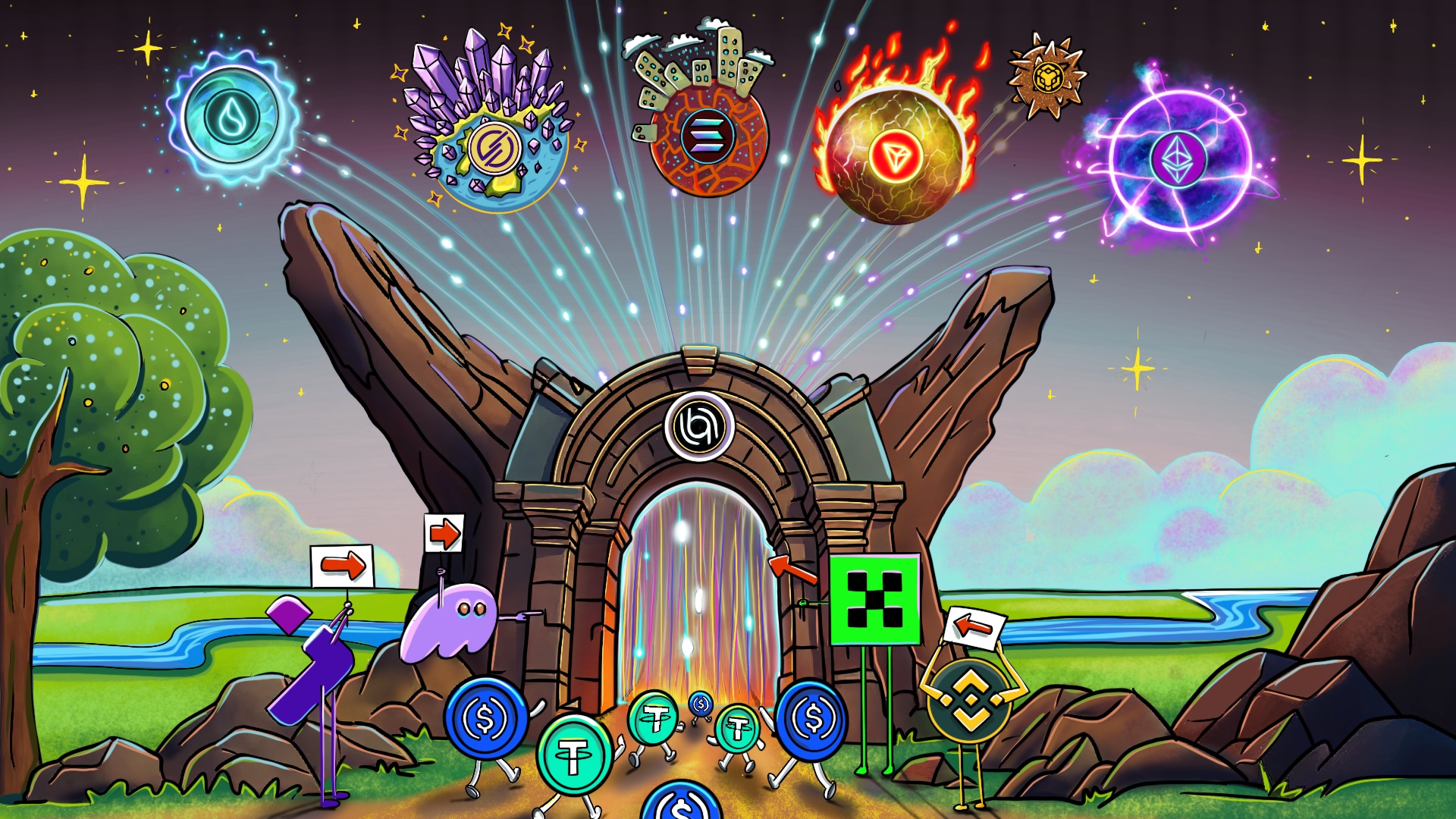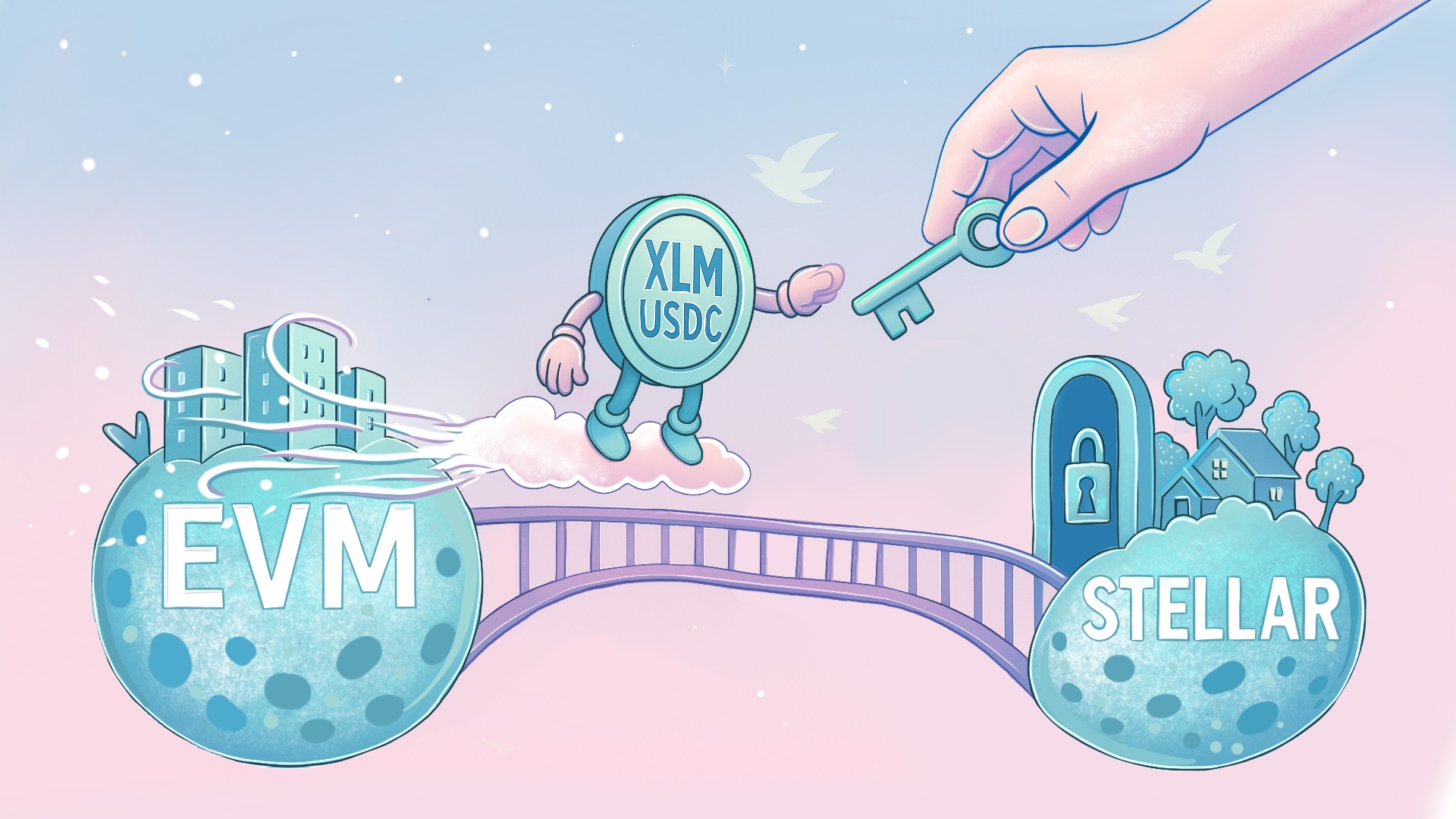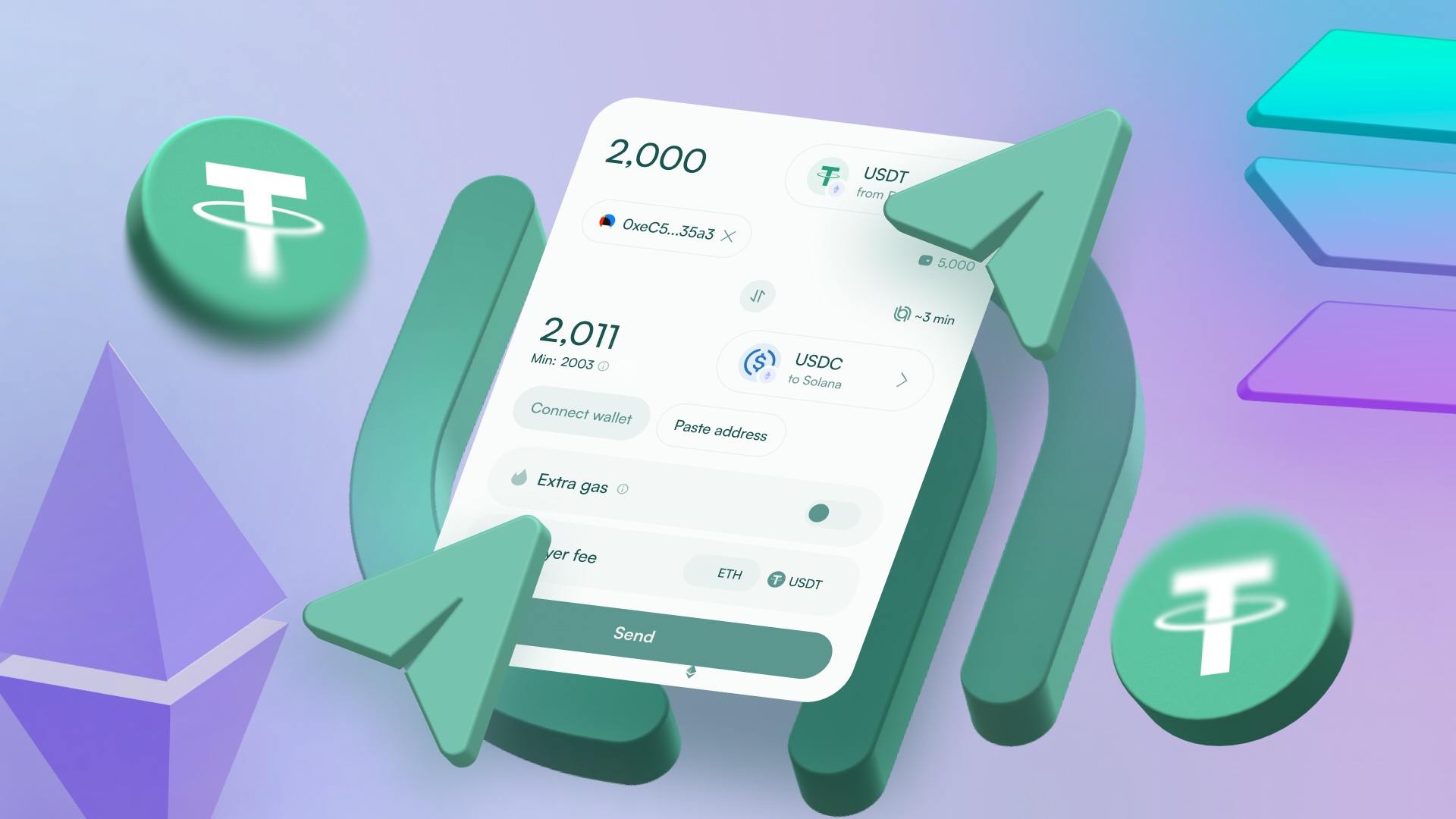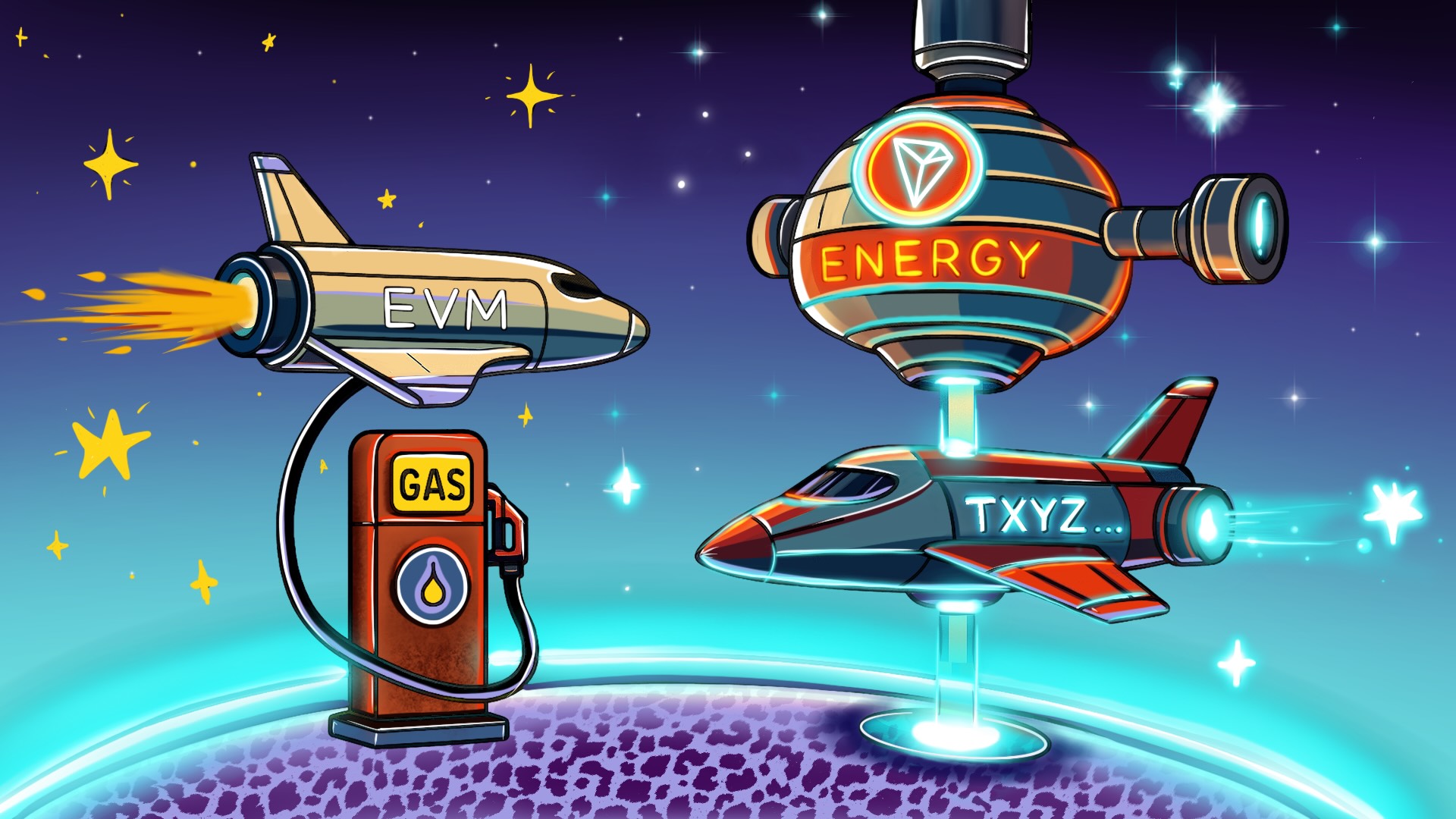How Cross-Chain Messaging Works: A Deep Dive into Allbridge Core 7/15/2025
7/15/2025Messaging: The Hidden Hero of Bridging When users bridge stablecoins across blockchains using Allbridge Core, the process looks almost magical. You send USDT or USDC on one chain — and seemingly instantly, it appears on another. But behind that seamless experience lies an essential and often overlooked piece of infrastructure: messaging. To understand messaging, think of bridging like teleportation. The stablecoin doesn’t physically travel from one place to another — instead, it’s locked up on the source chain, and a new amount is released on the destination. But for that to work, both ends need to stay in perfect sync. And that’s where messaging comes in. Messaging is how Allbridge Core tells the destination chain what just happened on the source. It’s a set of precise instructions: how much was sent, which token, where it should go. Without this invisible coordination layer, teleportation wouldn’t work — you’d either lose the asset in transit or duplicate it. In short, messaging is what allows two completely separate smart contracts on different chains to behave like they’re part of the same system. It’s not an optional add-on — it’s the invisible engine that makes decentralized bridging possible.




-c04c7a87-b8b2-419a-9859-aaa3c5853db8.jpeg)

-2e0f7dfb-e96b-4a3e-a6ed-785de0ae4296.jpeg)

-bb5a541c-7813-420b-86e3-9b9cfad6bee2.jpeg)
